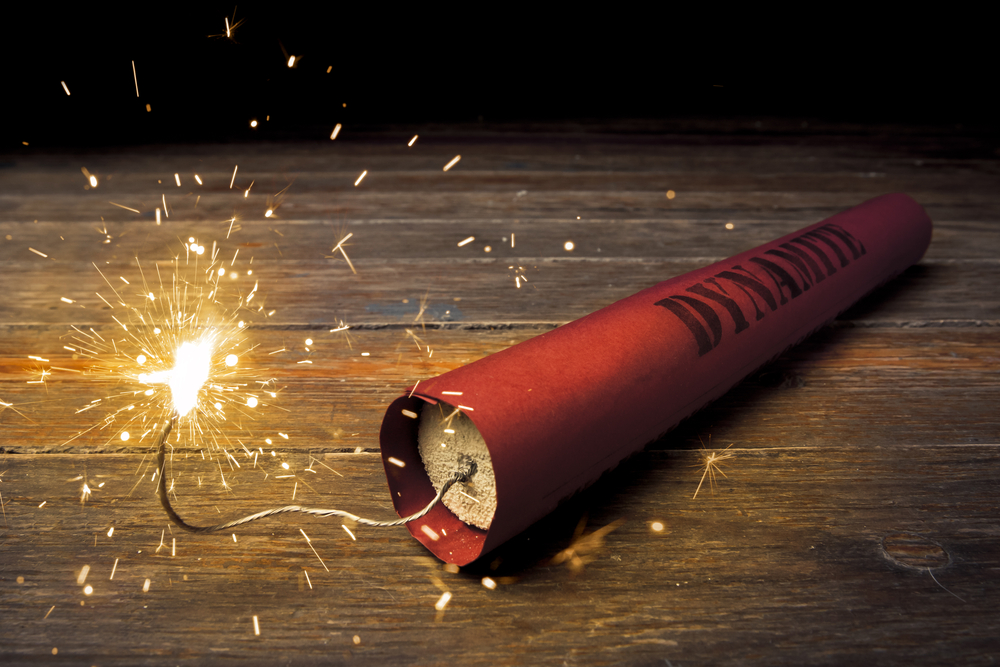In the 1930s, Catherine Wolfe Donohue was featured in newspapers as she lay dying. She was one of the women who worked in factories in Connecticut, Illinois, and New Jersey that used radium-contaminated paint. They were referred to as “radium girls” and the “living dead.”
Catherine and other survivors of the toxic substances worked together to sue the companies that employed them. They won their cases even though some of them did not live to see their compensation.
When they started working in the factories that made radium-contaminated materials, the women were very optimistic. In 1917, they started working on dial-painting machines at a plant in New Jersey. On April 6, 1917, the U.S. officially joined the First World War. The women worked on instrument panels and watch dials for military equipment, which glowed in the dark.
After the First World War, the demand for radium-based watches and clocks continued to grow. In 1922, a company called Radium Dial opened a facility in Illinois. In 1898, Paul and Marie Curie were able to discover the element radium, which was regarded as a powerful and magical component. It was believed that it could cure cancer.
During the 1920s, the public was not informed about the dangerous effects of radium. However, some in the industry took the necessary steps to protect themselves. Most notably, the women were told to point their paintbrushes at the numbers on the dial while they were painting.
The women were not informed about the possible effects of radium on their health. They didn’t realize that they might get sick until they started experiencing severe symptoms, such as anemia and jaw bone deterioration.
The effects of radiation exposure vary depending on the amount of radiation that an individual is exposed to. For instance, if an individual is exposed to high levels of radiation, they are more likely to develop health problems such as cancer. Over time, prolonged exposure to Radium can increase an individual’s risk of developing bone and lung cancer.
Although Radium can be found in various forms, such as in the form of metal and concrete, its presence does not mean that the effects of exposure to this element are harmful. The level of exposure to this element is normal, and there is no proof that it can cause health problems. Some of the factors that can affect an individual’s health are the time spent near the source of radiation, the type of shielding that can be used, and the proximity to the contamination.
In 1927, five former New Jersey dial painters sued the US-based Radium Corporation. Their case was hindered by the statute of limitations, which only allowed them to file a lawsuit for two years. After they testified in April and January, the company was granted an extension, which caused a backlash. An out-of-court settlement was accepted by the New Jersey women on June 4th the following year.
The news reports about the New Jersey victims affected the dial painters in Ottawa, Illinois. The company maintained that the element mesothorium was the cause of the health issues in New Jersey and that the paint used by the company was safe to use. Unfortunately, the statute of limitations prevented the affected individuals from filing lawsuits in 1935.
In 1937, the Ottawa women were able to file a lawsuit against the Radium Company. However, two years passed before their hearing, which was facilitated by Leonard Grossman. By then, the company had already closed its facility in Ottawa and opened a new plant in New York.
After more witnesses testified before the Industrial Commission of Illinois in 1938, the Ottawa victims were able to win their case. The company then appealed against the ruling. However, the commission denied the company’s appeal.
On July 27, 1938, the health of the former Ottawa dial painter deteriorated due to her illness. On October 23, 1939, the Supreme Court of the United States denied the company’s final appeal.
Catherine Wolfe Donohue was one of the other victims who died before their cases were resolved. Many of the other former dial painters who were affected by the incident never sued. The cases involving the victims are regarded as some of the most significant developments in the field of occupational safety.




